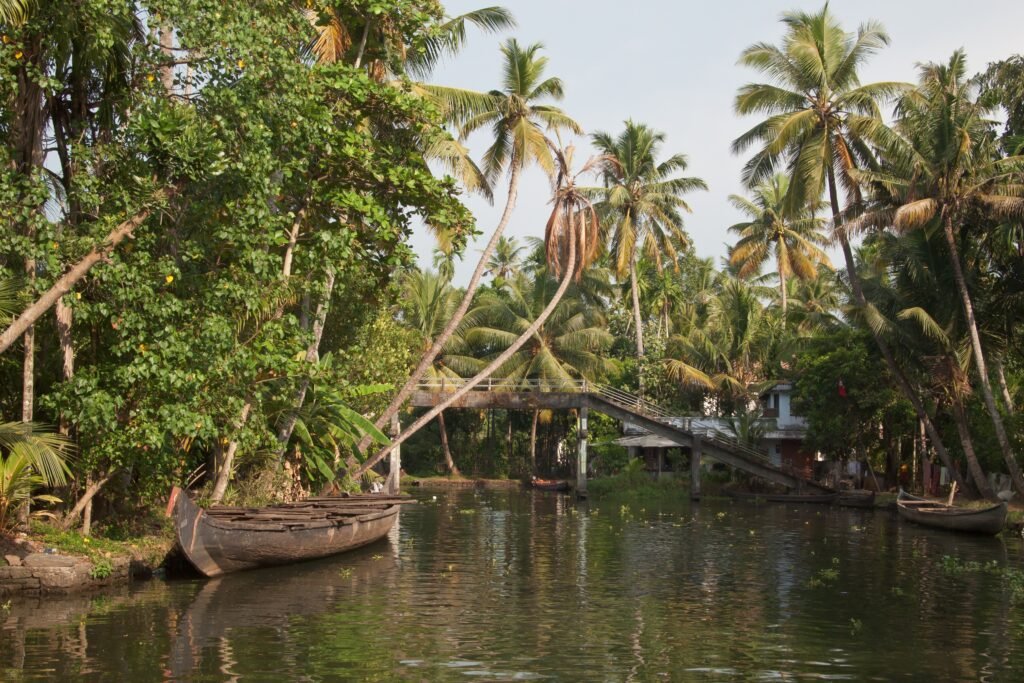When you step into a forest, you’re not just walking among trees. You’re entering a living network more complex than the internet, more interconnected than any social media platform, and more vital than the power grid that lights your home. Beneath your feet, above your head, and in every breath of air around you, millions of species are communicating, trading resources, and quite literally keeping each other alive through invisible threads of connection.
This isn’t poetic language or environmental romanticism. It’s hard science that’s revolutionizing how we understand life on Earth. The web of life isn’t just a beautiful metaphor – it’s an actual, measurable map of survival that scientists can now trace, quantify, and predict with stunning accuracy.
The Underground Internet That Predates Silicon Valley

Deep beneath the forest floor lies a network that makes our modern internet look like child’s play. Mycorrhizal fungi create hair-thin threads that connect tree roots across vast distances, forming what scientists call the “wood wide web.” These fungal networks can span thousands of acres, linking hundreds of trees in a single forest.
What’s truly remarkable is how this system functions like a biological stock market. Trees trade carbon for nutrients, sending surplus sugars to fungi in exchange for phosphorus and nitrogen. When a tree is attacked by insects, it can send chemical warning signals through the network, alerting distant trees to start producing defensive compounds.
Recent research has shown that older, larger trees act as “mother trees” or network hubs, nurturing younger saplings by sharing resources through these fungal connections. It’s as if the forest has its own version of parental care, operating on a scale we’re only beginning to comprehend.
Predators, Prey, and the Delicate Dance of Balance

The relationship between predators and prey isn’t just about who eats whom – it’s about maintaining the entire ecosystem’s stability. When wolves were reintroduced to Yellowstone National Park in 1995, they didn’t just control deer populations. They fundamentally restructured the entire landscape.
Deer, now fearful of predation, avoided river valleys where wolves could easily corner them. This allowed willow and aspen trees to recover, which in turn brought back songbirds and beavers. The returning beavers built dams that created wetlands, supporting fish, amphibians, and countless other species.
Even the rivers themselves changed course as vegetation stabilized the banks. Scientists call this phenomenon a “trophic cascade” – a ripple effect that travels through every level of the food web. It’s living proof that removing or adding just one species can reshape an entire ecosystem.
The Invisible Highways of Pollination

Bees, butterflies, and other pollinators don’t just visit flowers randomly – they follow invisible highways that connect patches of habitat across landscapes. These pollination networks are so precisely mapped that scientists can predict which flowers will be visited based on the connectivity of the landscape.
A single bee colony can forage across an area of 100 square kilometers, visiting millions of flowers in a season. But here’s the stunning part: they remember and communicate the locations of the best nectar sources, creating a collective map that guides the entire colony’s foraging behavior.
When habitat fragmentation breaks these pollination highways, it’s like cutting the power lines in a city. Plants become isolated, genetic diversity plummets, and entire ecosystems can collapse. Research shows that even small corridors of wildflowers can restore connectivity and prevent this ecological breakdown.
Chemical Communications That Never Stop

Plants might appear passive, but they’re actually chemical communication masters. When a caterpillar starts munching on a leaf, the plant doesn’t just defend itself – it sends out chemical signals that can travel through the air for miles, warning other plants of the threat.
These airborne chemicals are so specific that plants can identify the exact species of attacker and respond accordingly. Some plants even release chemicals that attract the caterpillar’s natural predators, essentially calling for backup in their time of need.
The chemical conversation extends underground too. Plant roots release specific compounds that can inhibit competitors, attract beneficial microbes, or even coordinate with neighboring plants to share resources during droughts. It’s a constant chemical chatter that we’re only beginning to decode.
Migration Superhighways Spanning Continents

The annual migration of billions of animals creates invisible superhighways that span entire continents. Arctic terns travel from Arctic to Antarctic and back again, covering roughly 44,000 miles annually – the longest migration of any animal on Earth.
These migration routes aren’t random paths but precisely mapped corridors that animals have used for thousands of years. Whales follow underwater ridges, birds use magnetic fields and star patterns, and even tiny insects navigate using polarized light and chemical gradients.
When human development interrupts these migration highways, it’s like blocking a major interstate. Animals get lost, populations crash, and ecosystems lose their seasonal influx of nutrients and energy. Conservation efforts now focus on protecting these invisible corridors as much as the habitats themselves.
The Surprising Role of Decomposers
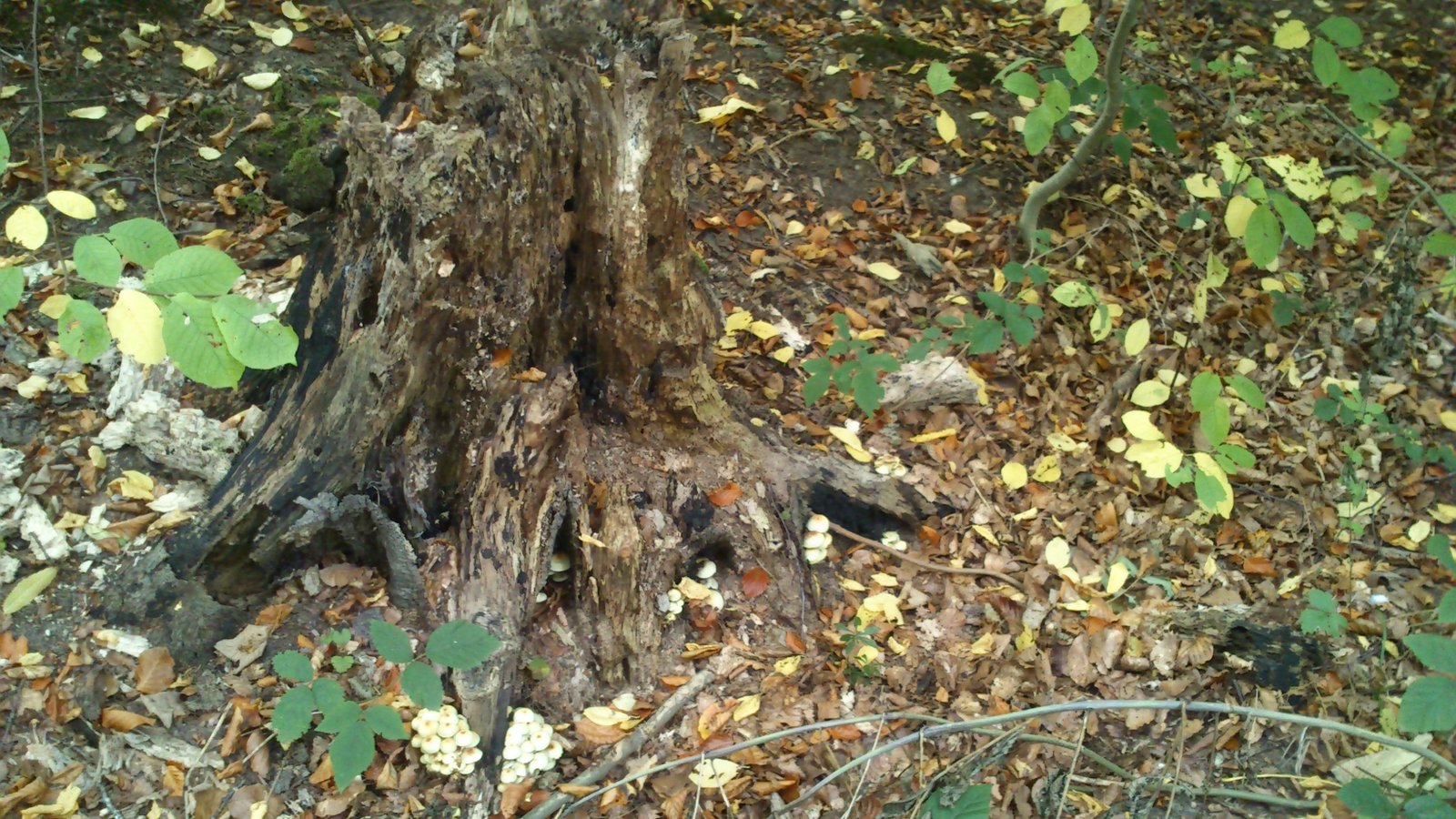
While predators get all the attention, decomposers are the unsung heroes of the web of life. Bacteria, fungi, and countless invertebrates break down dead material, recycling nutrients back into the system. Without them, the world would be buried under layers of dead organic matter.
These decomposers don’t work alone – they form complex communities that specialize in breaking down different types of material. Some bacteria excel at processing lignin from wood, while others focus on proteins from animal remains. It’s like a microscopic recycling plant with thousands of specialized workers.
The speed and efficiency of decomposition determines how quickly nutrients return to the soil and become available to plants. In tropical rainforests, decomposition happens so rapidly that nutrients are immediately recycled, supporting incredible biodiversity despite poor soils.
Keystone Species: The Architects of Ecosystems
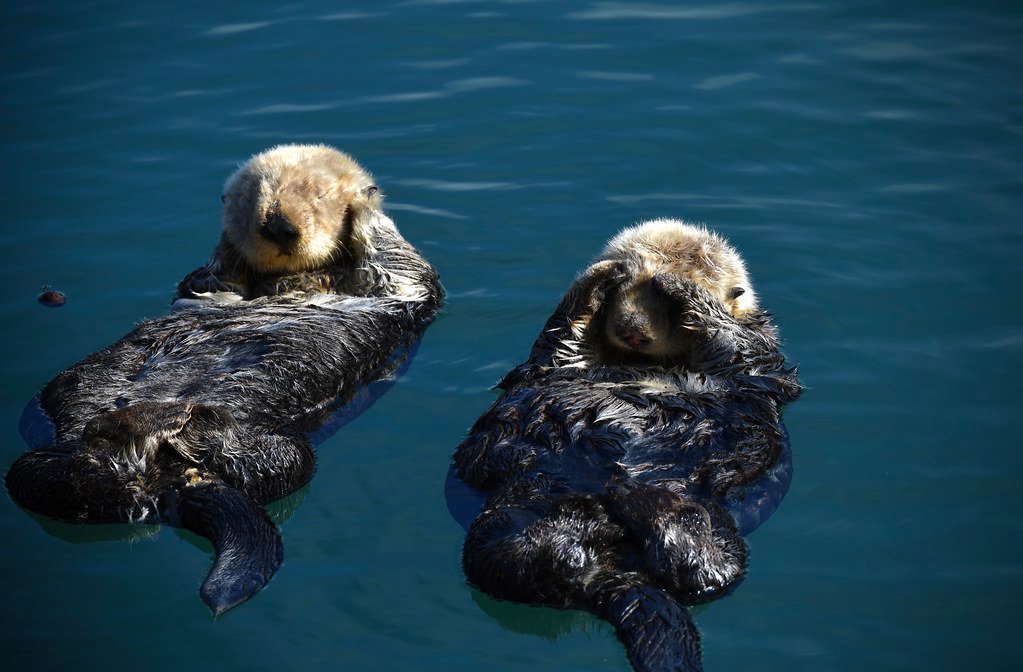
Some species have disproportionate effects on their ecosystems, earning them the title of “keystone species.” Like the keystone in an arch, removing them causes the entire structure to collapse. Beavers are classic examples – these ecosystem engineers create wetlands that support dozens of other species.
Sea otters in kelp forests perform a similar function by controlling sea urchin populations. Without otters, sea urchins would overgraze kelp forests, eliminating habitat for fish, seals, and countless other marine species. The presence or absence of a few hundred otters can determine the fate of an entire marine ecosystem.
Identifying keystone species has become crucial for conservation efforts. Protecting these ecological architects provides maximum bang for the conservation buck, preserving entire ecosystems rather than just individual species.
The Microbial Foundation of Everything

At the base of every food web lies an invisible world of microorganisms that makes all other life possible. These bacteria, archaea, and protists don’t just support life – they literally created the conditions that allow complex life to exist.
Cyanobacteria produce roughly half of the oxygen we breathe through photosynthesis. Nitrogen-fixing bacteria convert atmospheric nitrogen into forms that plants can use. Decomposer bacteria break down organic matter, releasing nutrients back into the ecosystem.
The human body itself hosts trillions of microorganisms that help digest food, synthesize vitamins, and protect against pathogens. We’re not just connected to the web of life – we are walking ecosystems, each containing more microbial cells than human cells.
Climate and the Web: A Two-Way Street
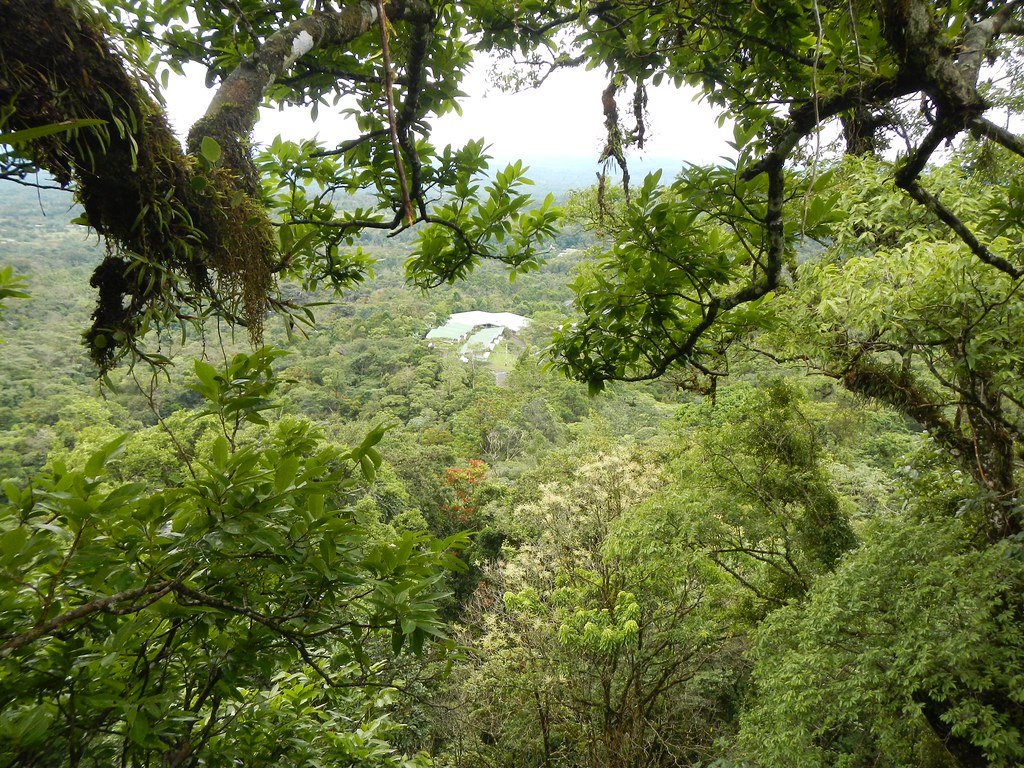
Climate doesn’t just affect the web of life – the web of life actively shapes climate. Forests create their own weather patterns through transpiration, releasing water vapor that forms clouds and triggers rainfall. The Amazon rainforest generates roughly half of its own precipitation this way.
Ocean ecosystems play an equally crucial role in climate regulation. Phytoplankton absorb carbon dioxide during photosynthesis, helping to regulate atmospheric CO2 levels. Marine food webs transport carbon from surface waters to deep ocean sediments, effectively sequestering it for centuries.
As climate change accelerates, these feedback loops become increasingly important. Understanding how ecological networks respond to changing conditions is crucial for predicting and adapting to future environmental challenges.
Human Impact: Rewiring the Web

Humans have become the dominant force reshaping the web of life, but not always in ways we intended. Our activities have created novel ecosystems that didn’t exist before industrialization, forcing species to adapt or disappear.
Urban environments, for example, create new ecological niches that some species exploit brilliantly. Peregrine falcons nest on skyscrapers, hunting pigeons in urban canyons. Coyotes have learned to navigate city streets, expanding their range across North America.
However, human activities have also caused massive disruptions. Habitat fragmentation isolates populations, pollution alters chemical communication networks, and climate change shifts the timing of ecological interactions. The challenge is learning to work with natural systems rather than against them.
Technology Reveals Hidden Connections

Modern technology is finally allowing scientists to map the web of life with unprecedented detail. Genetic sequencing reveals previously unknown species and their relationships. Satellite tracking follows animal movements across continents. Chemical analysis identifies communication networks.
Environmental DNA (eDNA) technology can detect the presence of species from tiny water or soil samples, revealing hidden biodiversity. Acoustic monitoring records the sounds of ecosystems, creating “soundscapes” that indicate ecosystem health.
These tools are revolutionizing conservation by identifying critical connections before they’re broken. We can now predict which species extinctions will have cascading effects and prioritize conservation efforts accordingly.
The Economics of Ecosystem Services

The web of life provides services worth trillions of dollars annually – services that would be impossible to replace artificially. Pollination alone is worth over $200 billion globally each year. Wetlands provide flood control, water purification, and storm protection worth hundreds of billions more.
These ecosystem services aren’t just valuable – they’re irreplaceable. No human technology can match the efficiency of natural systems for carbon sequestration, water filtration, or soil formation. The web of life is essentially a massive, self-maintaining infrastructure that supports all human activity.
Recognition of these economic values is driving new conservation strategies. Payment for ecosystem services programs compensate landowners for maintaining natural habitats. Carbon markets create financial incentives for forest protection.
Resilience Through Diversity

The strength of the web of life lies in its incredible diversity. Ecosystems with more species are more resilient to disturbances because they have more ways to maintain essential functions. It’s like having multiple backup systems in a spacecraft – if one fails, others can take over.
This biological insurance policy works at multiple scales. Genetic diversity within species provides resilience to diseases and environmental changes. Species diversity ensures that ecosystem functions continue even if some species disappear. Ecosystem diversity provides regional stability across landscapes.
The ongoing biodiversity crisis threatens to unravel this safety net. As species disappear, ecosystems become more vulnerable to collapse. Protecting biodiversity isn’t just about saving individual species – it’s about maintaining the resilience of life itself.
Restoration: Rewiring Broken Networks

When ecosystems are damaged, restoration efforts focus on rebuilding the connections that make them function. This goes far beyond simply replanting trees – it requires understanding and reconstructing the complex relationships that make ecosystems work.
Successful restoration projects often start with keystone species or crucial ecological processes. Reintroducing beavers can restore entire wetland ecosystems. Removing invasive species can allow native communities to recover. Creating wildlife corridors can reconnect fragmented habitats.
The most ambitious restoration projects aim to restore entire landscapes. Rewilding efforts in Europe are bringing back large predators and allowing natural processes to reshape ecosystems. These projects provide hope that even severely degraded ecosystems can recover if given the chance.
The Future of Life’s Web

As we face unprecedented environmental challenges, understanding the web of life becomes more critical than ever. Climate change, habitat loss, and pollution are testing the resilience of natural systems in ways they’ve never been tested before.
The future of biodiversity depends on our ability to work with natural systems rather than against them. This means designing cities that incorporate green infrastructure, agriculture that mimics natural ecosystems, and industries that operate within ecological limits.
The web of life has survived mass extinctions, ice ages, and countless other challenges over billions of years. Its resilience is remarkable, but it’s not infinite. The connections that sustain life are both incredibly strong and surprisingly fragile.
Conclusion: Our Place in the Web
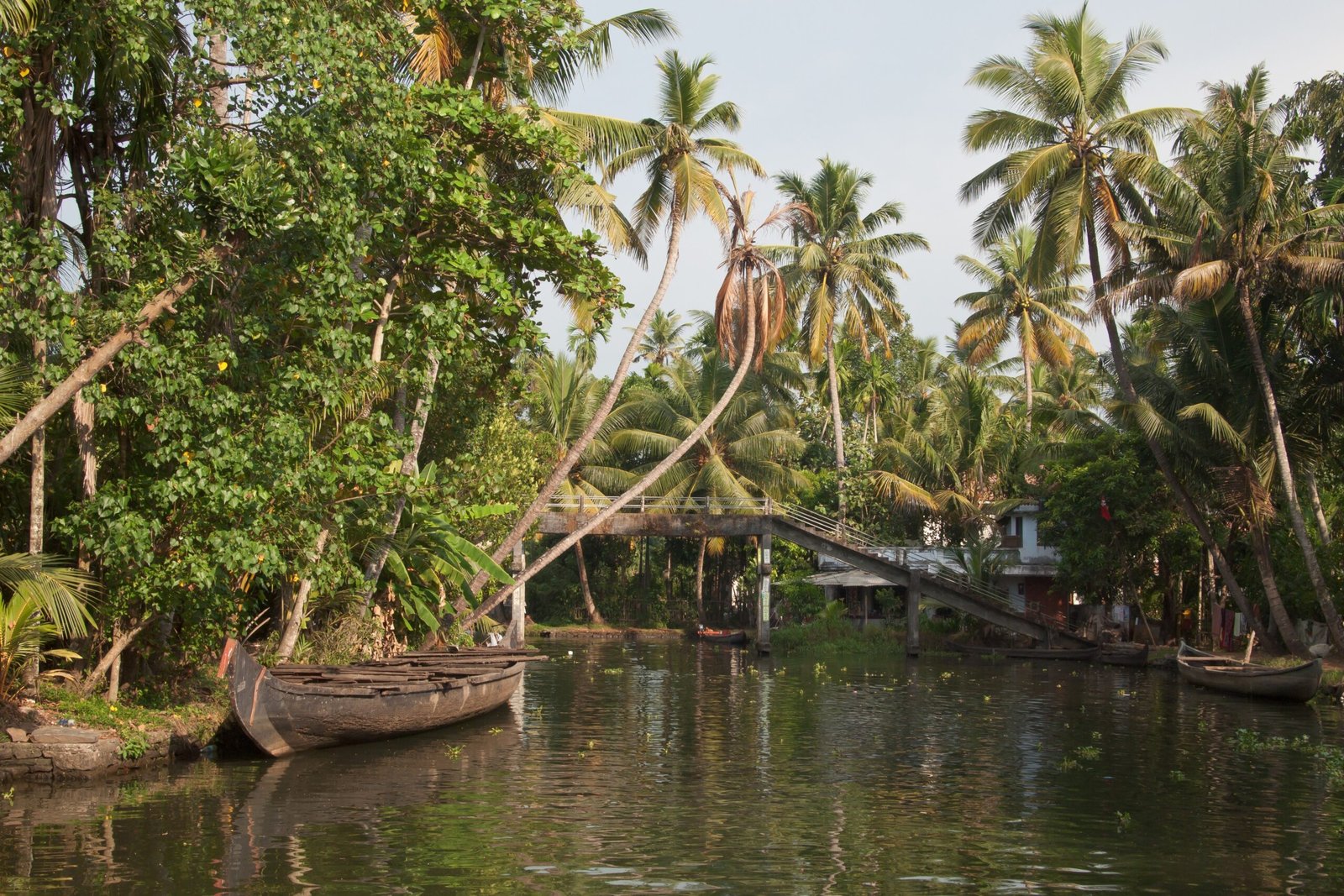
We are not separate from the web of life – we are woven into it at every level. The bacteria in our gut, the oxygen we breathe, the food we eat, and the climate that sustains us all depend on the intricate connections that link every living thing on Earth.
Understanding these connections changes everything. It transforms how we see forests, cities, farms, and even ourselves. We’re not just observers of the web of life – we’re active participants with the power to strengthen or weaken the connections that sustain all life.
The map of survival isn’t just a scientific curiosity – it’s a blueprint for our future. By learning to read this map and respect its patterns, we can ensure that the web of life continues to support not just human civilization, but the incredible diversity of life that makes our planet unique in the universe.
What role will you choose to play in this magnificent web?

